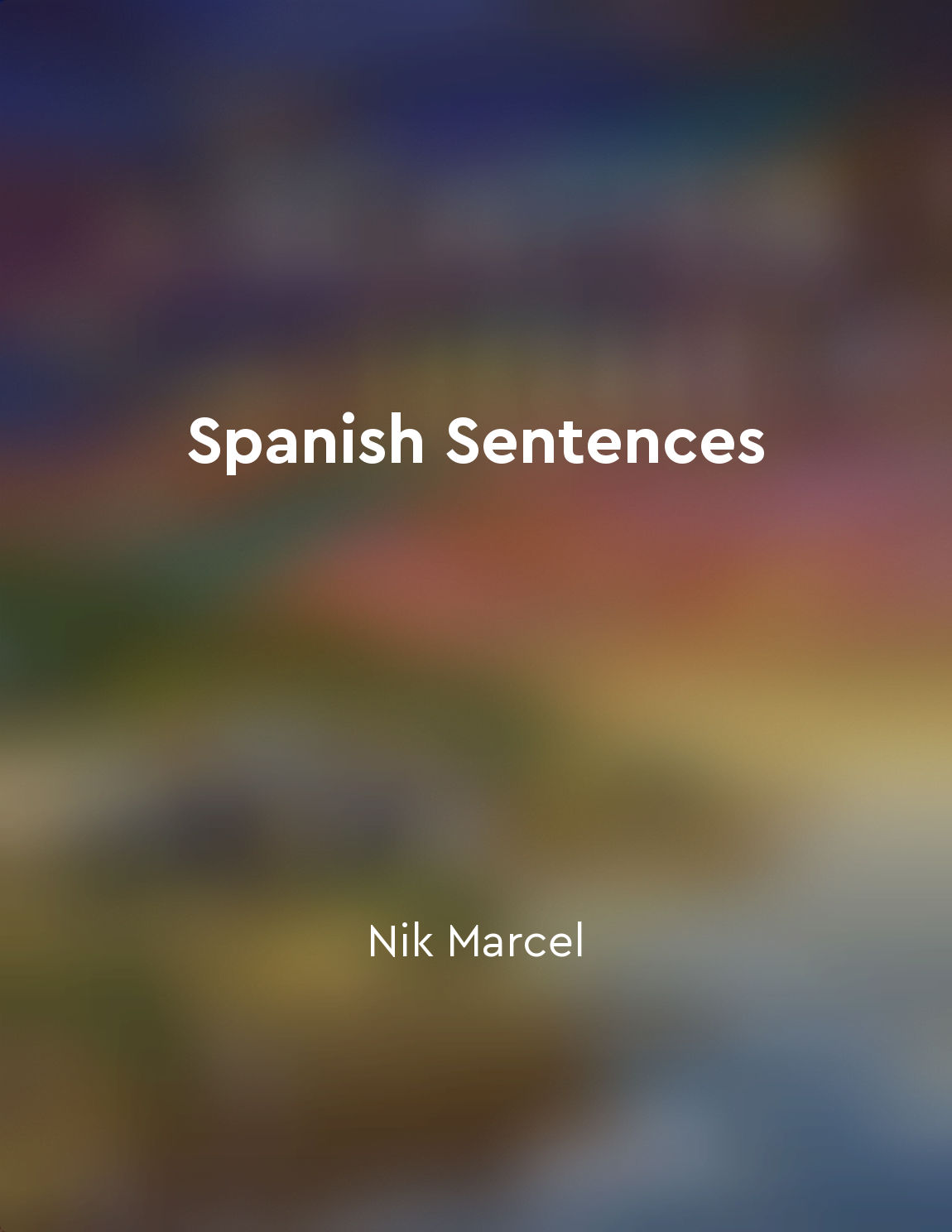Relative pronouns link dependent and independent clauses from "summary" of The Everything Spanish Grammar Book by Julie Gutin
Relative pronouns are an essential part of Spanish grammar because they enable us to connect different parts of a sentence in a way that is both smooth and coherent. These pronouns serve as a bridge between dependent and independent clauses, allowing us to provide additional information about a noun without creating a new sentence. This helps us avoid repetition and maintain the flow of our writing or speech. When we use a relative pronoun, we are essentially saying, "Here is some more information about this noun that I mentioned earlier." By doing so, we can provide important details, clarify relationships, and create more complex sentences that enhance the overall quality of our communication. For example, instead of saying, "I saw the dog. The dog was chasing a cat," we can say, "I saw the dog that was chasing a cat." This not only saves us time and words but also makes our writing more dynamic and engaging. In Spanish, there are several relative prono...Similar Posts
Intransitive verbs do not have direct objects
Intransitive verbs are a type of verb that do not require a direct object to complete their meaning. These verbs typically desc...
Dealing with emergencies
When a situation arises that requires immediate attention, it is important to know how to handle it effectively. Emergencies ca...
Expand vocabulary organically
The idea is to let your vocabulary grow naturally as you read and enjoy the stories. Instead of trying to memorize lists of wor...

Imperative mood in Spanish is used for giving commands or instructions
The imperative mood in Spanish serves a specific and important function – giving commands or instructions. When using the imper...
Fosters a love for reading in Spanish
This collection of short stories is designed to spark a passion for reading in Spanish. By immersing yourself in these engaging...
Language immersion helps reinforce grammar concepts
When you immerse yourself in a language, you are surrounding yourself with opportunities to practice and reinforce grammar conc...
Incorporating feedback for continual verb improvement
It is essential to seek feedback from others to enhance your Spanish language skills. Feedback provides valuable insights into ...
Learn greetings and common expressions
Greetings and common expressions are essential components of communication in any language. By mastering these basic phrases, y...
Interactive learning experience
The stories in this book are designed to provide you with an interactive learning experience. Rather than just reading passivel...
Learning the basic rules is essential
Learning the basic rules of Spanish grammar is the foundation for being able to communicate effectively in the language. Withou...
